Just in case you weren’t aware, there is some serious education going on over on our Facebook page. Professor Cupcake spreads his knowledge around daily, like an STD through a frat house. I thought I would list a few of our favorites here.
Class is in session:
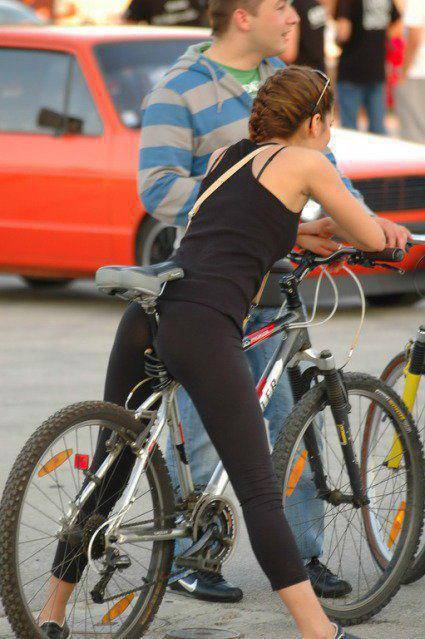 A bicycle seatpost, seatpin, saddlepole, saddle pillar, or saddle pin is a tube that extends upwards from the bicycle frame to the saddle. The amount that it extends out of the frame can usually be adjusted, and there is usually a mark that indicates the minimum insertion (or maximum extension).
A bicycle seatpost, seatpin, saddlepole, saddle pillar, or saddle pin is a tube that extends upwards from the bicycle frame to the saddle. The amount that it extends out of the frame can usually be adjusted, and there is usually a mark that indicates the minimum insertion (or maximum extension).
Seatposts can be made of steel, aluminum, titanium, carbon fiber, or aluminum wrapped in carbon fiber, and act as good mounting points for cable locks as well as butt cracks
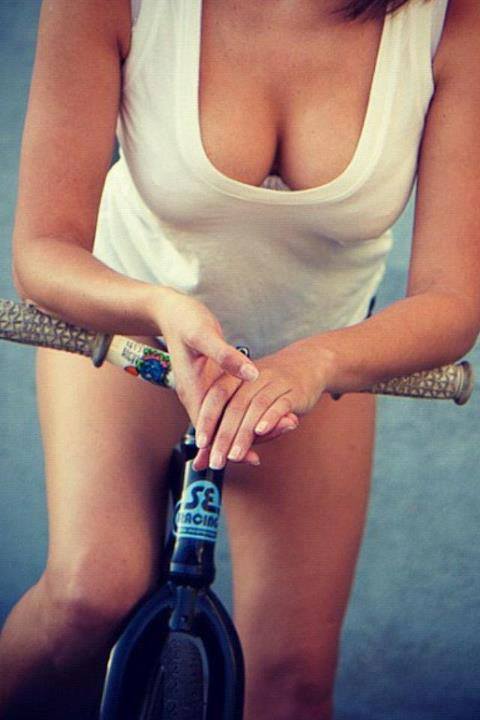 Based on science, staring at breasts is good for your health. A famous German study instructed 250 men to stare at breasts on a daily basis, while another 250 men were told to avoid looking at breasts all together.
Based on science, staring at breasts is good for your health. A famous German study instructed 250 men to stare at breasts on a daily basis, while another 250 men were told to avoid looking at breasts all together.
After five years, the results showed that staring at breasts could help men to avoid high blood pressure and heart problems. The researchers responsible for this fine piece of science recommend staring at breasts for at least ten minutes a day.
Now, if you’ll excuse me, I have to go lower my blood pressure

A flowerpot, flower pot, or plant pot is a container in which flowers and other plants are cultivated and displayed. Historically, and still to a significant extent today, they are made from terracotta. Flowerpots are now often also made from plastic, wood, stone, or sometimes biodegradable material. An example of biodegradable pots are the so-called “Jiffy” pots. There are often holes in the bottom, to allow excess water to flow out, sometimes to a saucer that is placed under the flowerpot. The plant can use this water with its roots, as needed. Recently, some flowerpots have been made with an automatic watering system, using a reservoir.
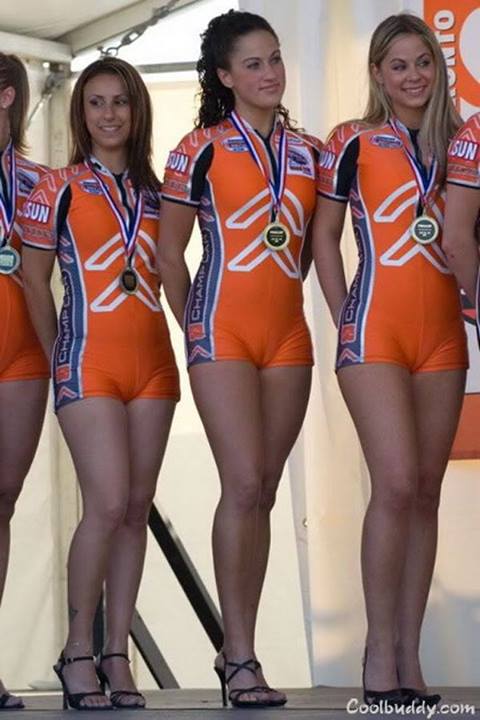
A camel’s feet are actually not hooves, but each toe does have a hard nail that gives the impression of a hoof. The large, wide feet are divided in half, and the halves are joined underneath by webbing. Each foot spreads and flattens as the camel puts his weight on it. The pads of a camel’s feet are covered with thick, protective soles. Inside each foot, toward the heel, is a thick ball of fat.
The structure of the camel’s foot is well-adapted for the creature’s environment. The wide, spreading toes keep the camel from sinking into loose and shifting sands, and the webbing between the toes unites them into a single surface to further resist sinking. The thick sole provides a barrier against the hot desert sands, protecting the camel from being burned as it walks. The inner ball of fat also helps, as it has an insulting and cushioning effect.
While the soft, flexible foot of the camel is ideal for walking in a hot, sandy desert, the very softness that makes it good there renders it vulnerable to various hazards. Domesticated camels who carry loads over long distances can end up limping on swollen feet from walking on hard, unyielding roadways. The soft sole is also at risk for injury from sharp rocks, bits of wire, glass and other such hazards. Disinfecting wounds can help, as can wrapping the foot with a protective covering.
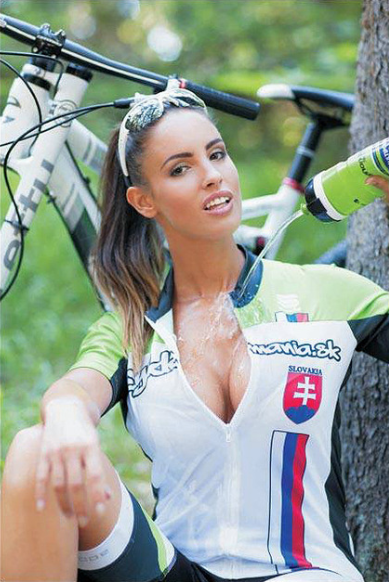
A canyon or gorge is a deep ravine between pairs of escarpments or cliffs and is most often carved from the landscape by the erosive activity of water flowage from a river or water bottle over geologic timescales.
Rivers have a natural tendency to cut through underlying surfaces so will eventually wear away rock layers to lessen their own pitch slowing their waters; given enough time, their bottoms will gradually reach a baseline elevation—which is the same elevation as the body of water it will eventually drain into.
This action, when the water source and mouth are at much different base elevations will form a canyon, particularly through regions where softer rock layers are intermingled with harder layers more resistant to weathering. #geologymeetsanatomy
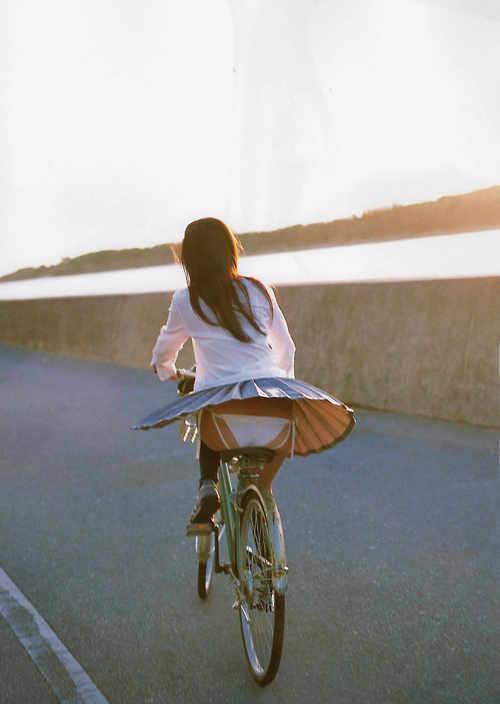
Paint is used for road surface markings to provide guidance and information to drivers, cyclists, and pedestrians. Paint, sometimes with additives such as retroreflective glass beads, is generally used to mark travel lanes. It is also used to mark spaces in parking lots or special purpose spaces for disabled parking, loading zones, or time-restricted parking areas. Colors for these applications vary by locality. Paint is a low-cost marking and has been in widespread use since approximately the early 1950s.
Paint consists of three main components: pigments, resins or binders, and water or solvents. Pigments are finely grounded materials that give out colors or block out the surface beneath it. They may contain other materials such as UV stabilizer, and fillers which bring out the color pigments to the required level.
Resins or binders are the glue of the paint to bind pigment and glass beads together to the road surface. The resins for the water based paints are polyvinyl acetate latex, methyl methacrylate or acrylic resin. The resins for solvent based paints are linseed or soya oils and alkyd resins.
The pigments and resins are mixed with water for water based paints and solvents for solvent based paints so that they can be applied onto the road surface. Solvents that are use can be naphtha, toluene, methanol, methylene chloride, and acetone. Due to environmental concerns, some jurisdictions has some restriction on the solvent based paints.#taintsandpaints
Now you know. Check in regularly over at the blue page for more lessons.

That was the best edumacation I got so far today! Bewbs.
LESS Education and MORE Pictures! I’m only on a 3rd Grade Ready Level!
Not sure why you bother including words when you know we’re just gonna go skipping past everything to get to the pictu-er-ILLUSTRATIONS….
Yup. What he said. ^^^
these posts put me to mind of ErniesHouseOfWhoopAss
http://ehowa.com/
fun stuff, keep up the good work
I usually don’t bite on the chick pics, but good Lord, who the hell is that? Just flat out painfully hot
Okay, what the heck. How do you get a through-axle bike on the damn roof rack? I need to buy a longer skewer or some such? Dang.
What the heck is happening at DC headquarters? It’s been 8 days since the site was updated… Eight days! Really?!?! It’s not like there isn’t anything happening in the world of cycling/booze/shenanigans.
The Giro is exploding.
Bike culture is gaining momentum all over the world.
Danny MacAskill is still alive.
Maker’s Mark is on sale at Safeway.
Do you guys need some help over there?
Here’s at new topic. Someone commented on the Lemond flat fix post that he has a “few screws loose”. Does anyone wonder how any of these former cyclist who raced before the helmet required days could possibly come out of it without any screws loose? Given the ferocity of crashes in the pro peleton where no is willing to give an inch of ground how could these dudes who went sans helmet not be a bit on the loopy end of the spectrum? No to mention a guy like LeMond who trained and raced for all those years had to have had some vicious crashes coming down mountains at 45mph plus?
moar flourpots plz
kthxbai
This website isn’t half of what it used to be. Sorry, don’t be offended, make it better!
bike, “make it better”, fuck you! why don’t you suggest how to make it better? moron